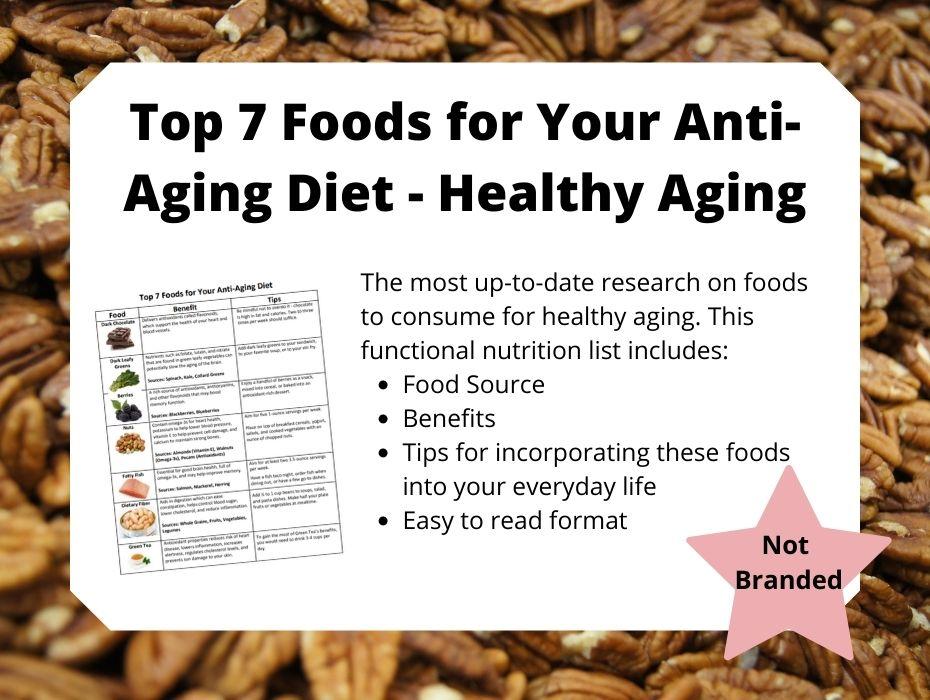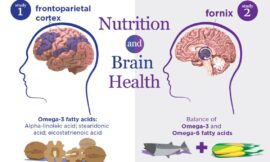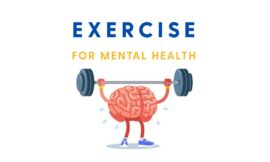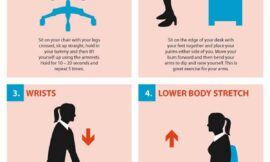Aging is a journey marked by countless experiences, wisdom, and transformations. While the passage of time is inevitable, how we age can be influenced by the choices we make every day. Among the most powerful tools at our disposal are diet and exercise—two pillars that can support not only longevity but also a vibrant, healthy quality of life. In this article, we explore practical and evidence-based strategies to nourish the body and keep it moving gracefully through the years, empowering readers to embrace healthy aging with intention and vitality.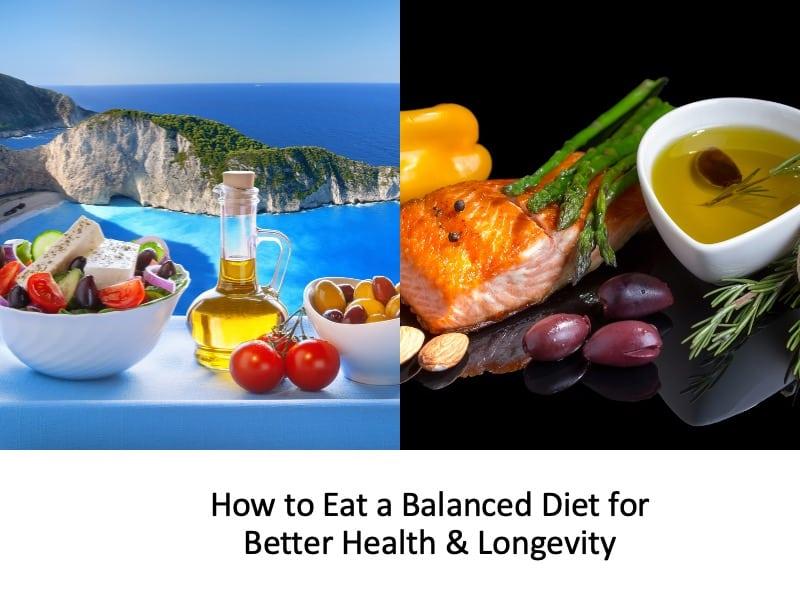
Nourishing Your Body with Balanced Nutrition for Longevity
Achieving vitality as we age begins with a mindful approach to eating that celebrates whole, nutrient-dense foods. Prioritize a colorful plate filled with antioxidant-rich fruits and vegetables, whole grains, and lean proteins to feed your cells with essential vitamins and minerals. These foods not only bolster your immune system but also reduce chronic inflammation, a key driver of aging. Consider incorporating healthy fats like omega-3s from salmon, walnuts, and flaxseeds to support brain health and joint mobility. Remember, balance is more than macronutrient ratios—it’s about variety and quality working harmoniously:
- Bright berries and dark leafy greens for antioxidants
- Fiber-rich legumes and whole grains for digestive wellness
- Lean poultry and plant-based proteins for muscle maintenance
- Healthy fats to nourish brain and cardiovascular function
- Hydration with water and herbal teas to support detoxification
Utilizing a strategic approach to nutrition can be more effective when complemented by understanding your bodyS specific needs through biometrics and lifestyle. For example,monitoring micronutrient intake ensures you avoid common deficits such as vitamin D or magnesium,which are vital for bone density and energy production. To give you a clear overview,here’s a simple comparison of key nutrients and their longevity benefits:
| Nutrient | Primary Benefit | top Food Sources |
|---|---|---|
| Vitamin D | Bone strength,immune support | Fatty fish,fortified dairy,sunlight |
| Omega-3 Fatty Acids | Anti-inflammatory,cognitive function | Salmon,flaxseeds,walnuts |
| Fiber | Digestive health,blood sugar regulation | Legumes,whole grains,vegetables |
| Magnesium | Energy metabolism,nerve function | Spinach,nuts,seeds |
For further reading on optimizing your nutritional intake for healthy aging,consult resources like the National Institute on Aging and the comprehensive nutrition guidelines from the U.S. Department of Agriculture. Their evidence-based insights can help tailor your diet plan to support enhanced longevity and overall well-being.
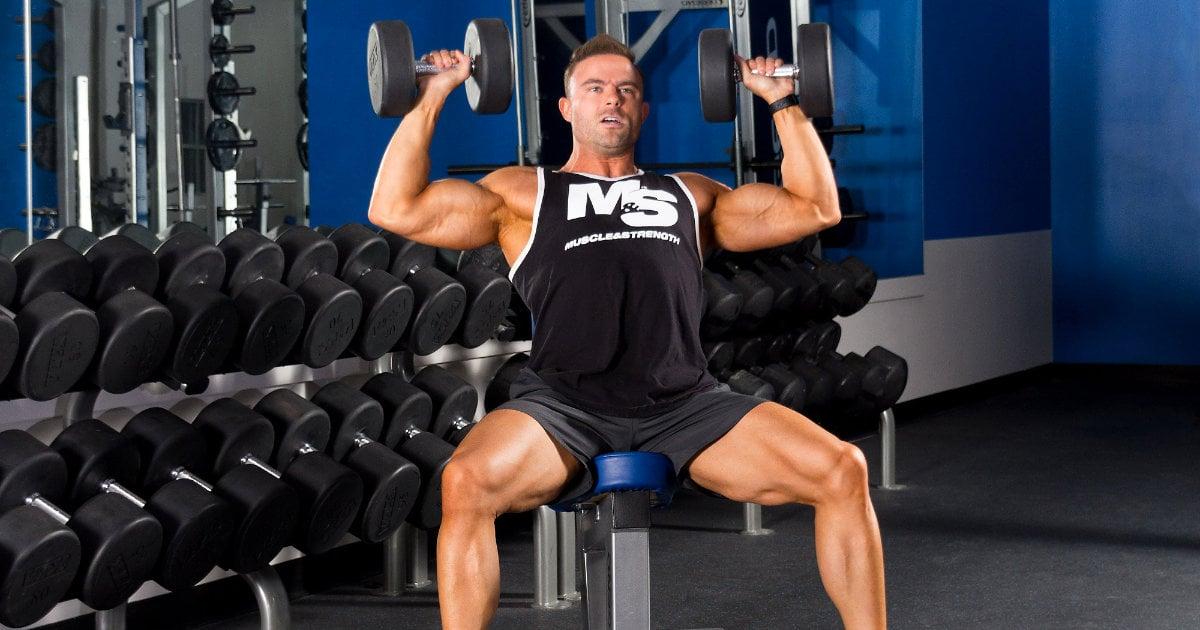
Incorporating Strength Training to Maintain Muscle Mass and Bone health
Maintaining muscle mass and bone density becomes essential as we age to preserve mobility, independence, and overall well-being. Incorporating strength training into your routine offers a powerful way to combat the natural decline in muscle and bone health. Engaging in resistance exercises not only stimulates muscle growth but also promotes bone remodeling, helping to reduce the risk of osteoporosis and fractures. Focusing on compound movements like squats, deadlifts, and push-ups allows multiple muscle groups and bones to work in unison, maximizing the benefits. Consistency is key—aim for at least two to three sessions per week, gradually increasing resistance to continue challenging your body.
To support your strength training regimen, consider the following essential practices:
- Proper Technique: Ensures safety and effectiveness during workouts.
- Balanced Nutrition: Adequate protein and calcium intake fuel muscle repair and bone strength.
- Recovery: Rest days allow muscles and bones to recover and grow stronger.
| Exercise Type | Benefit | recommended Frequency |
|---|---|---|
| Weightlifting | Increases muscle mass and bone density | 2-3 times per week |
| Resistance Bands | Improves muscle tone and joint stability | 3 times per week |
| Bodyweight Exercises | Enhances functional strength and balance | Daily or as tolerated |
For more in-depth information about strength training benefits and safe practices for older adults, the National Institute on Aging and the Centers for Disease Control and Prevention provide extensive guidance backed by scientific research.
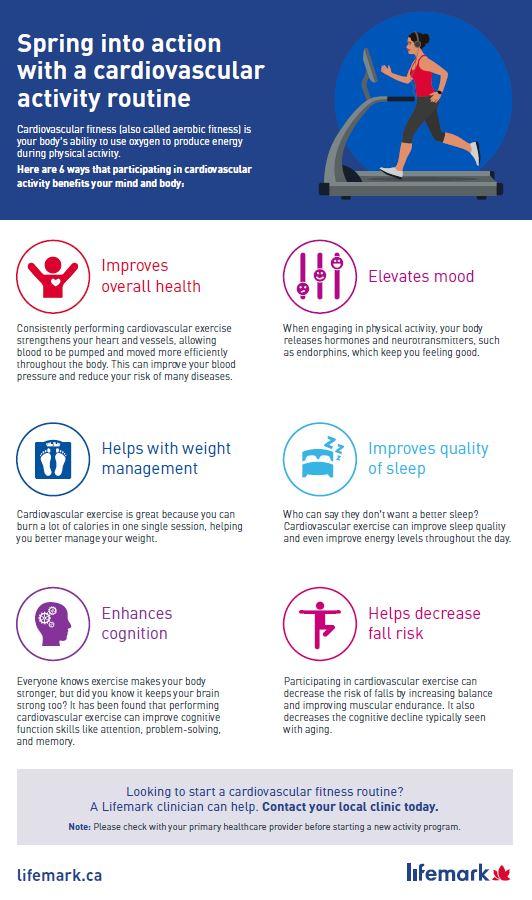
The Role of Cardiovascular Exercise in Enhancing heart and Brain Function
Engaging in regular cardiovascular exercise offers profound benefits beyond simply improving physical endurance. As the heart works harder during activities like brisk walking, cycling, or swimming, it strengthens the myocardial muscle, enhancing cardiac output and efficiency. this betterment not only promotes better blood circulation but also supports the heart’s resilience against age-related decline. According to the American Heart Association, adults should aim for at least 150 minutes of moderate-intensity cardio weekly to maintain heart health and stave off cardiovascular disease.
Beyond the heart, cerebrovascular benefits are equally compelling. cardiovascular exercise stimulates neurogenesis and improves blood flow to the brain, which can boost cognitive function and lower the risk of neurodegenerative conditions such as Alzheimer’s and dementia. Some key benefits include:
- Increased oxygen delivery improving concentration and mental clarity.
- Enhanced production of neurotrophic factors promoting brain cell growth.
- Reduced inflammation guarding against cognitive decline.
| Exercise Type | Heart Benefits | Brain Benefits |
|---|---|---|
| Brisk Walking | Improves circulation | Enhances mood |
| Swimming | Increases cardiac output | Boosts memory function |
| Cycling | Helps control blood pressure | Stimulates neuroplasticity |
To maximize the heart-brain connection, consider incorporating intervals of higher intensity and maintaining consistency over months and years. For a comprehensive understanding of cardiovascular and brain health, refer to guidance from the National institute on Aging and the Centers for Disease Control and Prevention.
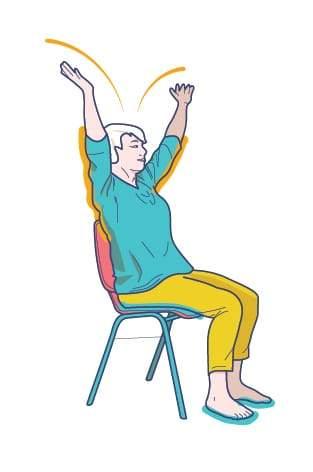
Mindful Movement Practices to Improve Flexibility and Reduce Stress
Engaging in gentle, intentional movements can transform how your body feels and reacts to stress. Practices like yoga, tai chi, and Pilates not only enhance joint mobility and muscle elasticity but also foster a deep connection between mind and body. By focusing on controlled breathing and slow, purposeful motions, these exercises trigger the parasympathetic nervous system, promoting relaxation and lowering cortisol levels. Regular incorporation of such mindful routines encourages better circulation, improved posture, and helps maintain balance—key elements in healthy aging.
To reap all the benefits, consider integrating these elements into your routine:
- Breath Awareness: Synchronize breath with movement to maximize mental calm and oxygen flow.
- Consistent Practice: Even 15 minutes daily can considerably improve flexibility over time.
- Body Scan Meditation: Incorporate brief pauses to notice tension and consciously release it.
For a structured approach, the National Center for Complementary and Integrative Health offers evidence-based guidelines on how these practices affect stress and mobility. Simultaneously occurring, the Mayo Clinic provides practical advice on implementing yoga for flexibility and calming the mind.
| Practice | Duration | Focus |
|---|---|---|
| Yoga | 20-30 min | Flexibility & Breath Control |
| Tai Chi | 15-25 min | Balance & Relaxation |
| Pilates | 20-40 min | Core Strength & Mobility |
In Conclusion
As the chapters of life unfold, nurturing our bodies with mindful nutrition and regular movement becomes a timeless rhythm—one that supports not just longevity, but vitality. Embracing a balanced diet rich in nourishing foods alongside consistent, enjoyable exercise is more than a routine; it’s a celebration of the life we have and the years we hope to embrace fully. By weaving these habits into our daily lives, we plant the seeds for healthy aging, cultivating strength, resilience, and joy that blossom well into the future. After all, the journey of aging gracefully is one we shape with every thoughtful choice made today.


